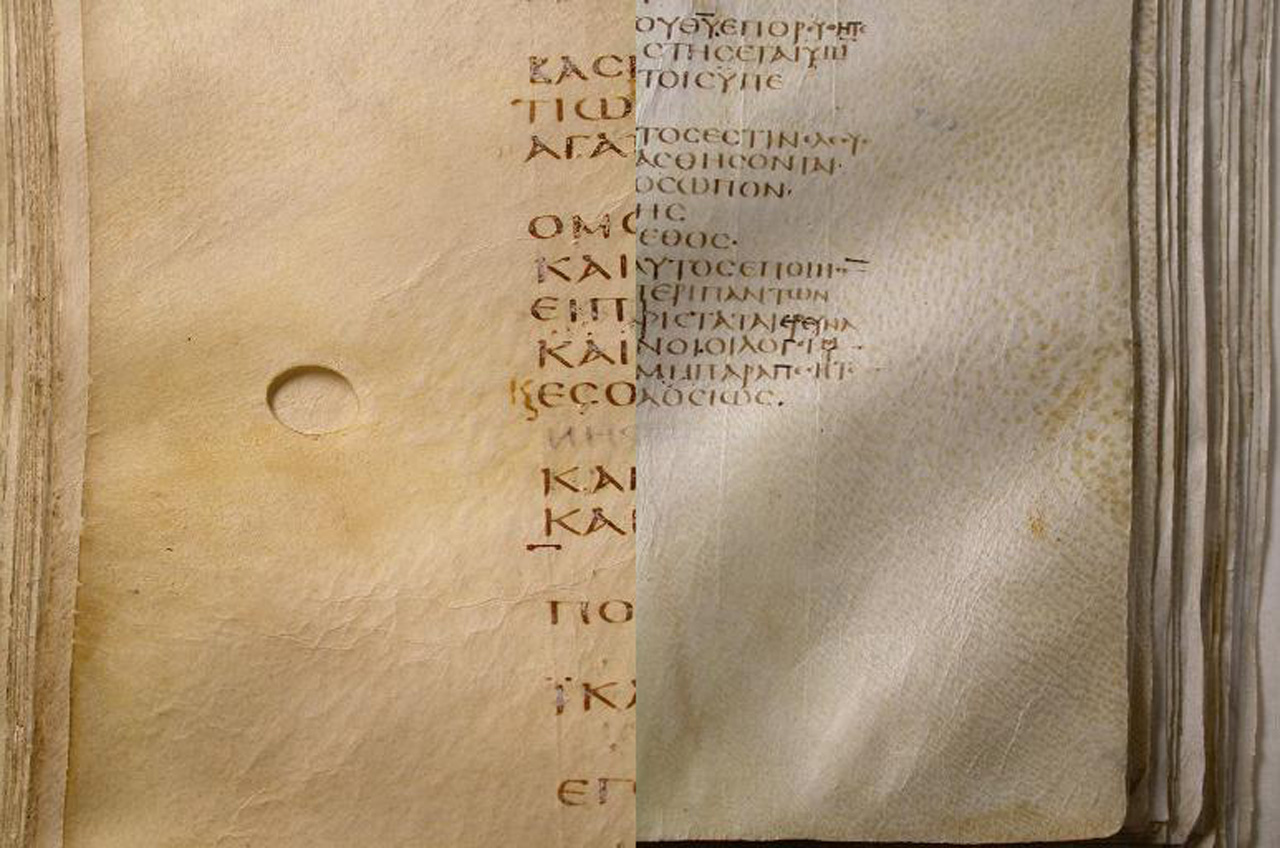


He said that the Sinaiticus codex consisted of white parchment leaves. that call for scholarly review, consideration and explanation.ġ) Porfiry Uspensky, Russian bishop, visted St.

Here are three interrelated facts about the ms. Also they confirmed the color distinction of the sections. And placed a color number for the parchment with each page. They made extra efforts for standardization of the photography at the difference sites. The British Library has confirmed the accuracy of the colors of the sections as seen on the Codex Sinaiticus website. Major highlights of the German discussions were reported in the English press, and the Russians have now put some helpful material online. No indication at all in English, going through the German discussions of the 1860s and the Russian historical material is more involved. There is no indication that this curious set of "facts on the ground" has been noticed before 2014.
#SINAITICUS DEFINITION FULL#
Please note that (2) and (3) were made accessible by the 2009 excellent placing of the full Sinaiticus ms. (Small portions of Sinaiticus are currently in Russia and Sinai, the Sinai material is related to the New Finds of 1975.) These later went to the British Library in 1933. The Leipzig leaves are white parchment and stain-free.ģ) 347 leaves were taken by Tischendorf to St. Tischendorf called this the Codex Friderico-Augustanus. This is a bit over 10% of the Sinaiticus extant leaves. section of wikipedia rather strong.Ģ) 43 leaves were taken by Tischendorf to Leipzig in 1844. Leszek has been a main contributor towards making the Bible ms. We originally saw the Uspensky section online in Russian courtesy of a Ukrainian Bible scholar, Leszek Jańczuk.


 0 kommentar(er)
0 kommentar(er)
